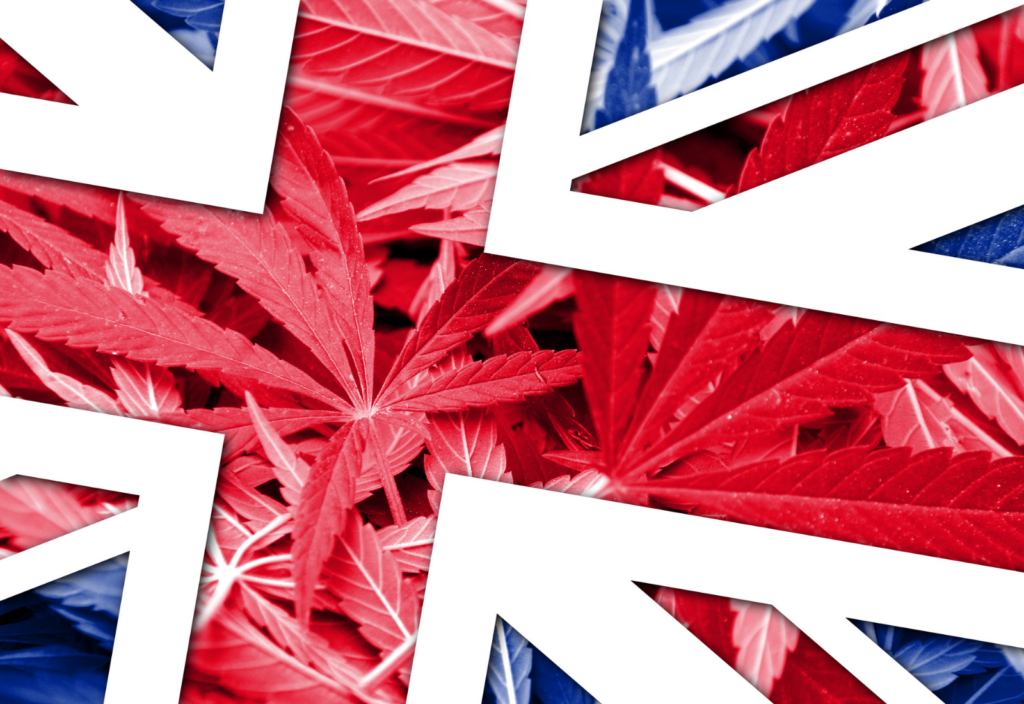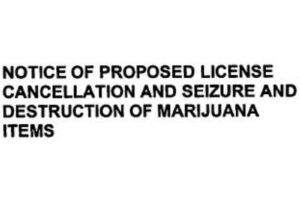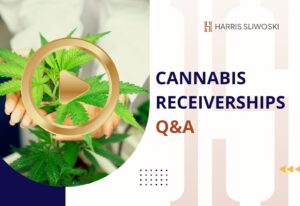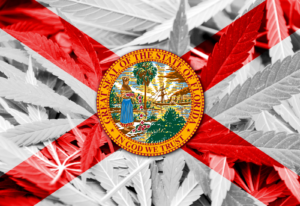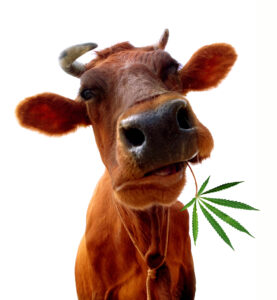This past year, the cannabidiol (“CBD”) craze has taken the world by surprise, showing remarkable prospect for economic growth.
According to BDS Analytics and Arcview Market Research, the CBD market is expected to surpass $20 billion by 2024 in the United States alone. Europe has also witnessed a huge demand for the most coveted cannabinoid, whose market, Brightfiled Group predicts, will grow by 400% by 2023.
Unlike the U.S. CBD market, the European CBD market is just beginning to take hold with both product availability and consumer awareness being quite limited. Consequently, Europe offers great opportunity for U.S. CBD brands to enter and expand their existing business in a less competitive atmosphere. Nevertheless, entering the European market is not as easy as it may seem.
European markets are complex, particularly when it comes to hemp-derived CBD (“Hemp CBD”). Indeed, the Old Continent is composed of 44 countries, 28 of which are member states, that have adopted 24 different languages and apply their own sets of laws and regulations. With this in mind, we now turn to the three main challenges international Hemp CBD players should consider before venturing into the European Hemp CBD market.
- Novel Food Regulations
The main challenge in selling Hemp CBD products in Europe is that the European Foods Safety Authority (“EFSA”) has classified the most coveted cannabinoid as a “novel food” ingredient. “Novel food” is “food that was not used for human consumption to a significant degree within the Union before 15 May 1997, irrespective of the dates of accession of the Member States to the Union.” Pursuant to EU regulations, anyone who wishes to sell food containing a “novel food” ingredient must first secure a license from the EFSA.
Although the European Industrial Hemp Association and the Cannabis Trades Association have challenged this guidance, a handful of European countries such as Spain, Italy, and Austria have already taken enforcement actions against Hemp CBD products on the basis of being “novel foods.” Therefore, much uncertainty remains regarding the legality and regulation of these products.
- Different Laws and Regulations
Another challenge associated with entering the European market is the fact that each country is implementing its own set of rules and regulations pertaining to importation, manufacturing, testing requirements and distribution. Of particular relevance to the Hemp CBD industry is the lack of clarity or consistent guidance regarding the acceptable levels of THC in Hemp CBD products. For instance, the United Kingdom authorizes the sale of products with a THC concentration of less than 0.1% whereas the Netherlands and Switzerland allow products that contain less than 1% THC.
- Different Languages
Foreign Hemp-CBD manufacturers and distributors will also need to ensure that their product labels comply with varying labeling and marketing laws. Take for example Belgium. Although the country is only composed of roughly 11 million inhabitants, it has adopted three official languages: French, Flemish (a Dutch dialect) and German. Consequently, any label of products imported to Belgium must be written in all three languages.
To shed additional light on these considerations, our firm will soon present a blog post series of some of Europe’s Hemp CBD laws. Stay tuned!










